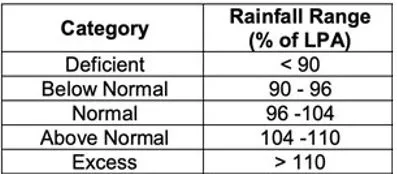

20th May 2024 (13 Topics)
Context
The India Meteorological Department (IMD) announced the onset over the southern Bay of Bengal, the Nicobar Islands, and the South Andaman Sea. What makes this announcement even more exciting is the prediction of above-normal rainfall for the season, a rare occurrence in nearly a decade.
Factors influencing above-normal Monsoon
- A monsoon is a seasonal change in the direction of the prevailing, or strongest, winds of a region.
- Retreat of El Nino: The Indian monsoon is heavily influenced by various factors, including the El Nino and La Nina phenomena in the Pacific Ocean. El Nino brings suppressed rainfall, while La Nina enhances rainfall activity.
- This year, the transition from El Nino to a neutral condition and the likely emergence of La Nina later in the season have set the stage for above-normal rainfall.
- Other factors:
- Favourable La Nina conditions
- Positive Indian Ocean Dipole (IOD)
- Reduced snow cover in Northern Hemisphere
Fact Box: Categorisation (as per IMD)
|
PYQQ: How far do you agree that the behaviour of the Indian monsoon has been changing due to humanizing landscape? Discuss. (2015). |
More Articles



